Instax. For many, that word would conjure up images of kitschy, bulky cameras with plastic lenses, or some slightly better glass-equipped offerings from Lomography and MiNT, if one has the dough. Regardless, the appeal of the instant image is perennial – who can resist watching their shot emerge from the milky depths behind a plastic window? It is the perfect compliment to both digital and roll film, perhaps even a very welcome distraction into a wholly different workflow and approach to shooting.
Unfortunately, there seems to be a huge gap in the market when it comes to having full manual control over your images. Even the top dog options from MiNT — bar the RF70 — stop short of giving you shutter speed controls. The Polaroid backs for the medium format systems have also fallen out of favour with the discontinuation of peel-apart films.
All that said, you could imagine my reaction to the Kickstarter announcement late last year by the whizzes at NINM Lab. “An instant back for 135 SLR & Rangefinder”, you say? It promised to bring the Instax Square format to Nikon, Canon, Olympus, Pentax and Leica. Colour me intrigued!
Ever the cynic, I was hardly convinced though, and I am not ashamed to report that I did not take any part in the Kickstarter. I sat it out as the early adopters received their units, posted their experiences and impressions on the web, and a whole 6 months later, I finally pulled the trigger on a production unit at full retail cost.
Size and Weight
The Magny is heavy. Marketing material from NINM Lab compares it to the original Speed Magny made for the Nikon F, which was a whopping 2kg (not accounting for the camera body and lens), which does make the modern Instant Magny seem like a featherweight in comparison, at about 500g. Yet, once installed on your camera system of choice, the whole setup does become quite the dumbbell, coming up to about 2kg for my Leica setup with a 50mm lens — making it far less ideal to carry it about slung around your neck for anything longer than a casual jaunt.
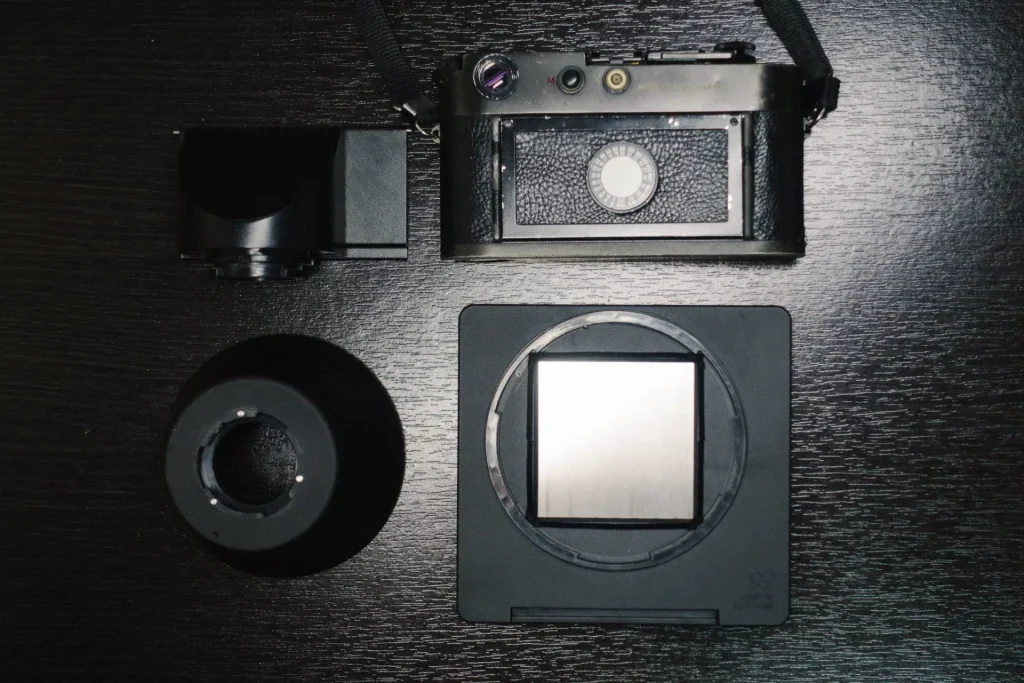
There is another reason why you might not want to have it bouncing off your chest or hip or dangling off a strap unattended: the innovative modular system that makes up the Magny is not all that great when it comes to actually holding the parts in place!
The two interlocking joints — one to connect the Instax back to the aluminium cone, and the other to connect the cone to the mirror prism on the camera back — are rather unnervingly held together mostly by friction, meaning that the entire assembly could come undone with the knock of a shoulder. The friction also does cause white metal powder to appear on the interlocking mounts after every disassembly, causing the black finish to be slowly worn off in those particular hotspots, but so far that has only appeared to be a cosmetic issue. I’ve resorted to gingerly holding on to the bottom of the Magny whenever I take it out, making sure to check every minute or so that the film back is still somewhat secure. Not a great look for a back that is supposed to be convenient for outdoors shooting!
Ergonomics
On the Leica M system, the protruding prism on the film door containing the mirror and enlarging optics aren’t much of a hindrance to the right-eye-dominant shooter, as the viewfinder is offset to the left of the camera, well out of the way of the nose. This quickly changes when mounted on a SLR camera though, with its centrally positioned viewfinder. The user would then be forced to deal with either having their eye much further away from the viewfinder as they would like, or somehow squash their nose into the prism. Neither of those options sound comfortable or appealing to me…
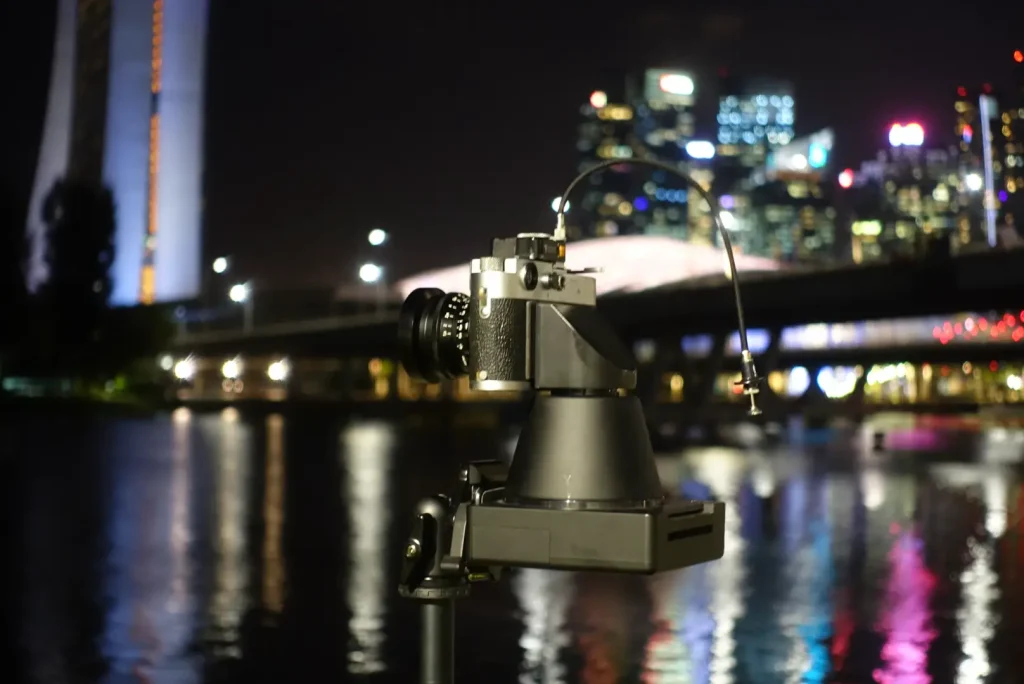
The large Instax film back on the bottom of the whole setup also blocks the tripod mount on the camera’s body, so an alternative tripod mount has been provided on the film ejection unit itself. This too, is a non-ideal solution, with the tripod mount facing forwards, making it an awkward setup to mount on any tripod head.
More Magny Problems
The mirror, despite being a high transmission design, will reduce the amount of light reaching the ISO 800 rated Instax film. Now, the company claims that they have managed to make the design such that it is limited to within 3 stops of light lost, but an entire pack of film and lots of annoyed headscratching and staring at my usually reliable spotmeter later, I concluded that for most cases, it is best to assume a minimum of 4 stops of light loss, with 3 stops added on for reciprocity failure with exposures exceeding 60 seconds.
That same mirror brings up yet another issue too — the image produced is a mirror image of the scene. While the old Nikon Speed Magny took that into account, it seems that in an attempt to cut down on as much weight as they could with this new design, and in spite of their promises to their Kickstarter backers, they decided to give up on correcting the inverted image. Now, the marketing drivel reads, “The subject will feel more intimate with the image because this is the true “you” that you see in the mirror every day”. Whatever you say, NINM Lab.
The Enlarging Lens
Oh, the problems with the Magny just keep on coming. The enlarging lens has a fixed aperture of just f/4.0, meaning that you can slap even a Noctilux onto your camera, and while you might be able to utilise the shallow depth of field produced by the lens, you effectively have the light gathering capability of an ISO 50, f/4.0 camera. The enlarging optics also introduces a minor swirl to the bokeh, made even more apparent with a background filled with vegetation, so don’t expect to see the same characteristics of your fast lens being transferred onto the Instax medium exactly as you would on 35mm film.
The Magny optics also bring in another issue when dealing with M-mount lenses. The merit of the rangefinder design is the lack of a mirror box, so lens designers can go wild with all their retrofocus and symmetrical wide angle lens designs, often with rear lens elements protruding far into the camera body. No, this does not sit well with the Instant Magny at all. Any lens with even the slightest hint of a protruding rear element will induce vignetting in the resulting image, most likely from interference with the enlarging optics. The most frustrating example of this presented itself in the image below, taken over 2 hours while I roamed off to watch a movie on the couch, and by the time the print had developed and I realised the huge mistake I had made in my lens choice, the sun was rising and I had to wait till the next night!
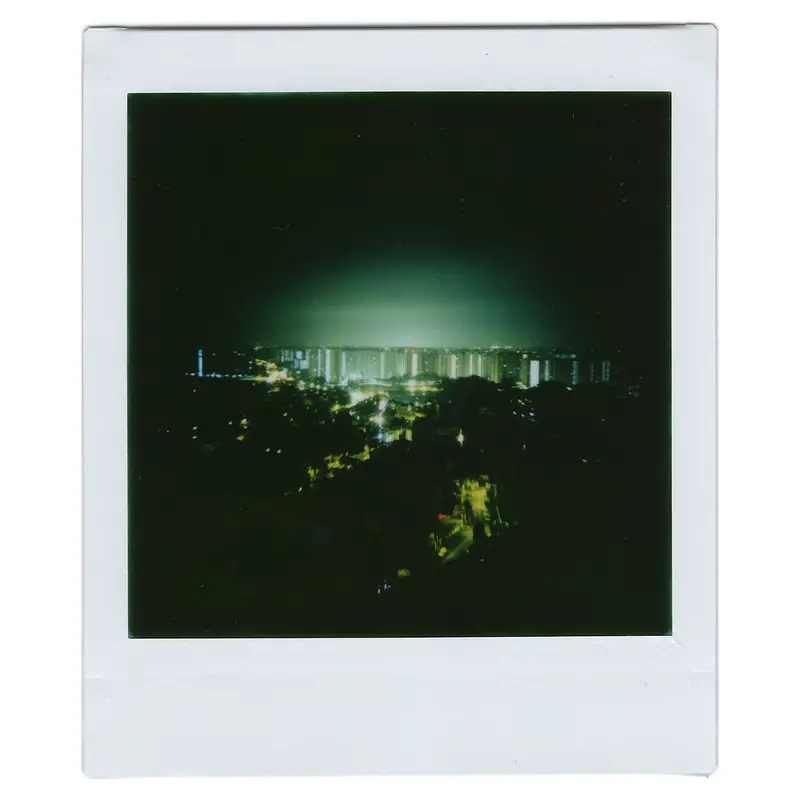
This pretty much rules out most of the wide angles, and even 35mm lenses available for the M-mount system, requiring either an adapted SLR lens, or for the exclusive use of 50mm or longer lenses.
Framing As a Square
Framing through the viewfinder takes a little caution to remember that the end result is a square, so the trick that I use for my rangefinders is to visualize the height of the framelines as being the same as the length, and letting the rangefinder patch centralize the image.
This shot was mildly irritating to frame, as I had to guess where the diagonal would end. Took me 2 attempts to get it right.
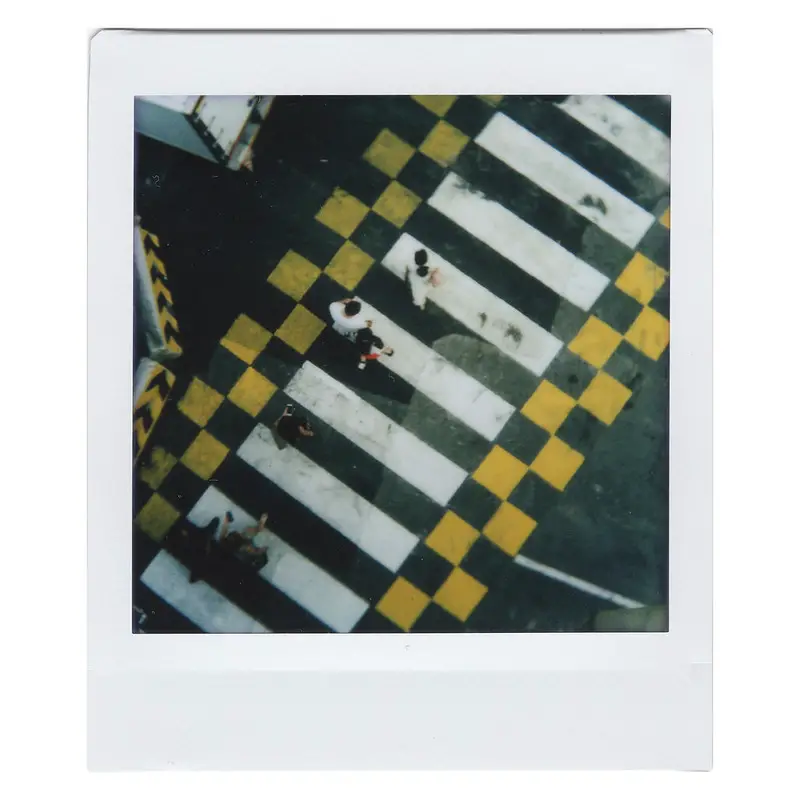
For enterprising owners with the SLR version of the Magny, it might be possible to fashion a square mask to place over the focusing screen, made out of dark paper or vinyl perhaps. That’d be a much more precise method than the estimation technique that the Leica users would have to resort to.
Magny In Use
Despite all my complaints above, I must emphasize that this is one of the very few options around to having good, highly resolving glass mated to a robust and predictable instant film stock. Even restricted to the only lenses in my stable with rear elements far enough from the film plane to produce a good image with the Magny, the 50mm f/1.5 Nokton and the 50mm f/2.4 Hexanon, it is a joy to shoot and push the limits of what I can do with the medium. The ability to use full manual controls when shooting means that aside from pinhole cameras that have been custom made to shoot Instax film, it is the only way that you can leave light to hit the emulsion for an indefinite amount of time with Bulb mode.
The Magny really leaves you up to your own devices, being a dumb back with no safety guards nor automation for film ejection, giving you the option to go crazy with multiple exposures. That being said, it is recommended that you eject the film once you’re done with the shot as soon as you can, as the latent image stability of Instax is not great at all, and can result in faded pictures if left there to sit undeveloped for a day or more.
Back to the lack of safety guards with the Magny, I learnt the hard way to go through a mental checklist before each exposure and disassembly after one particularly knackered day, where I had forgotten all about the darkslide in the back pocket of my jeans, and proceeded to remove the back from the cone. The dark brown of the back of the instax emulsion was not welcome, especially in the bright noon light. I ended up wasting 2 frames to the mistake, that was admittedly entirely my fault.
Sunspots
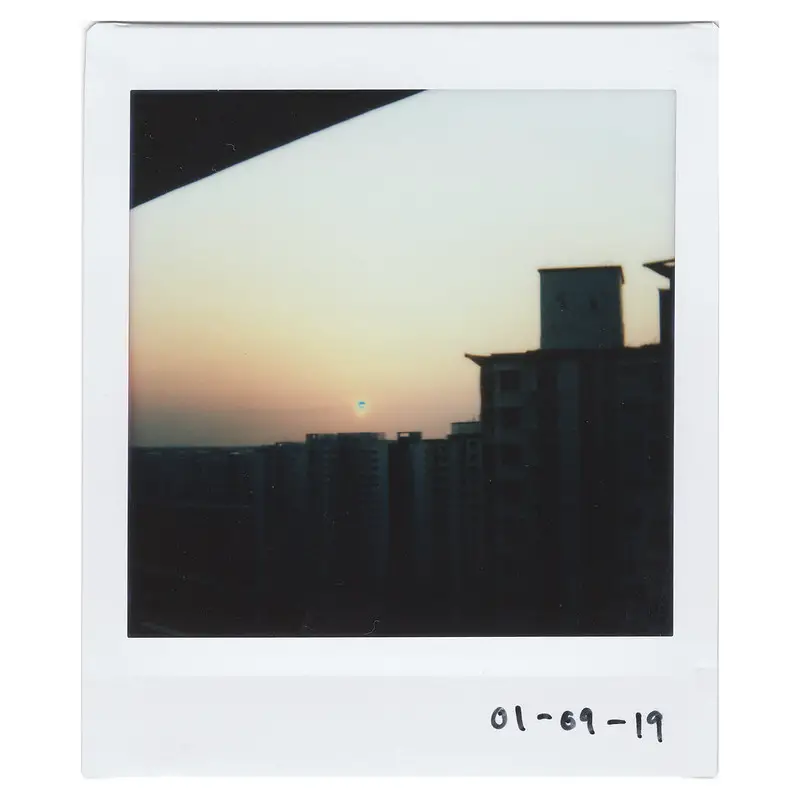
This is more of an issue with the Instax emulsion than anything wrong with the Magny, but I felt that it does have to end up in this long winded rant as yet another limiting factor you have to keep in the back of your head when shooting with this device. Any bright lights — especially the sun — will react with the Instax film in a way that results in a dark, demonic spot where the light source should be. Entirely by accident, I found that one way of counteracting this is by stopping the lens all the way down to its minimum aperture. Nope, no clue about the mechanics behind this one, but it works, so I’ll leave it here as a solution.
Examples
Yeah, I’ll chuck some of the stuff I’ve done with it here. Enjoy!

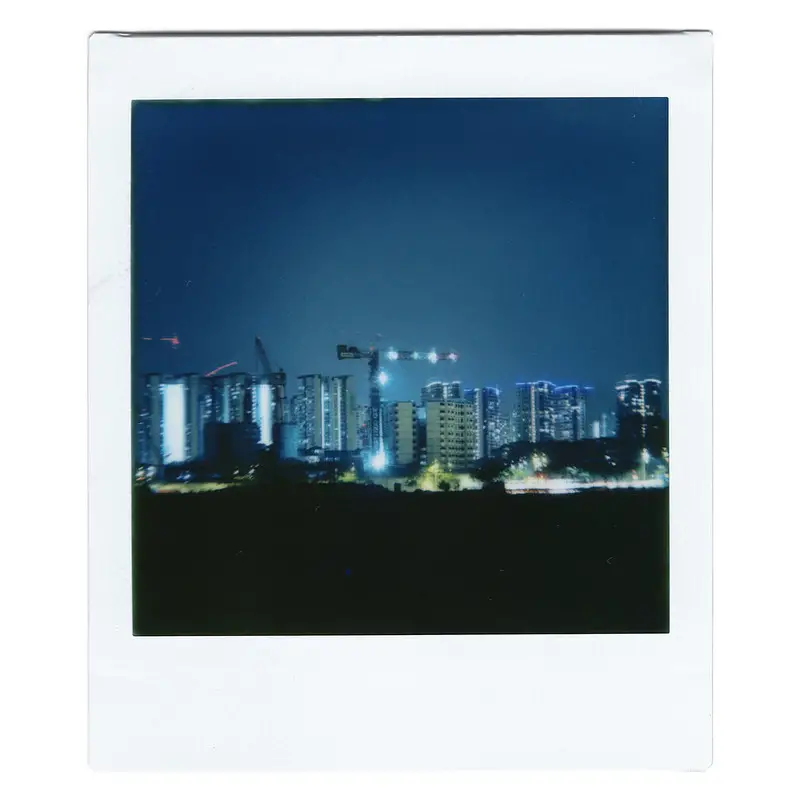
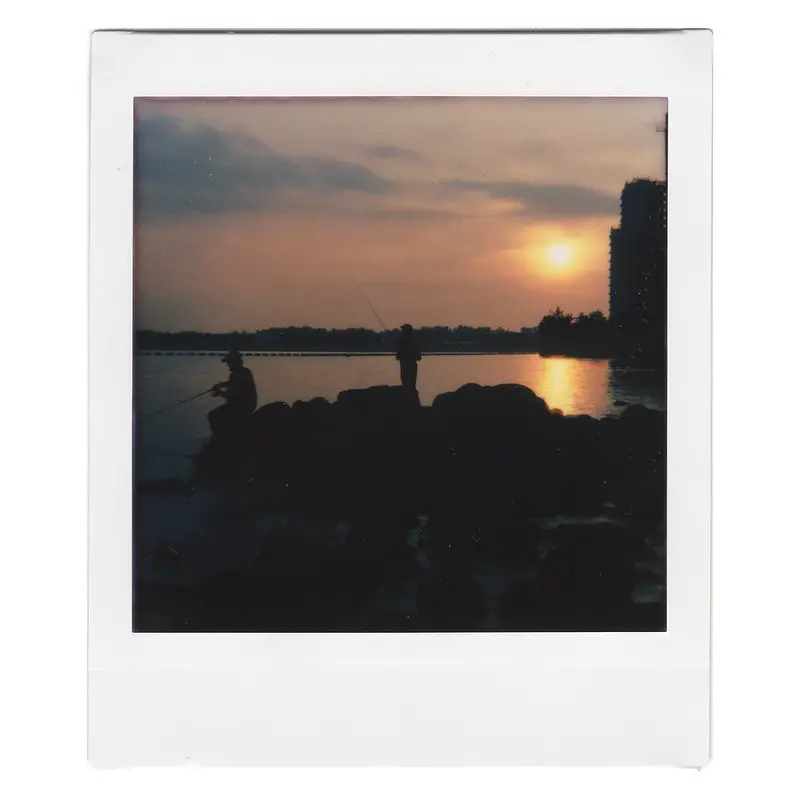
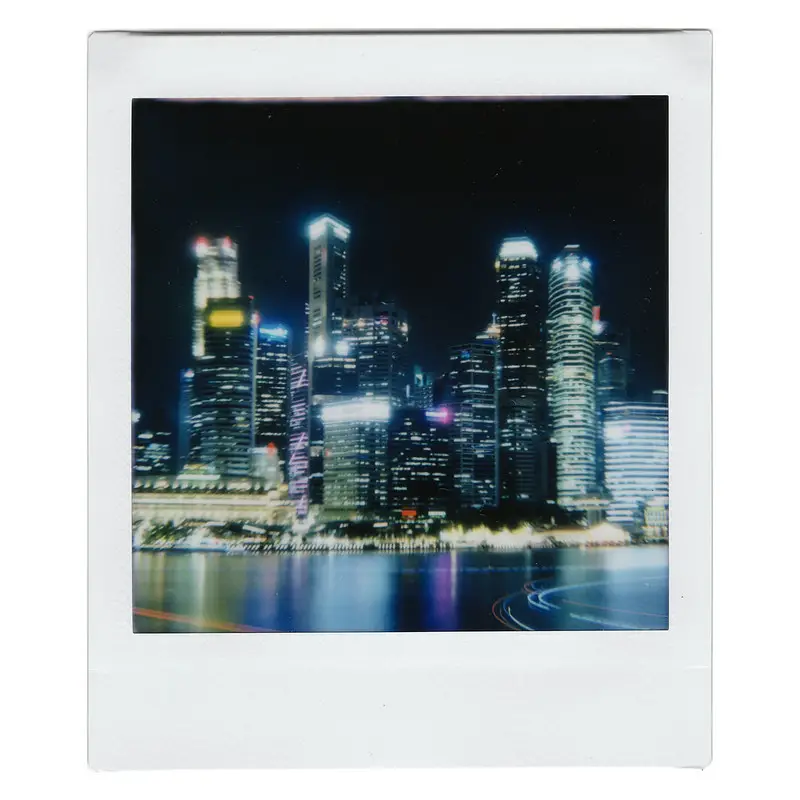
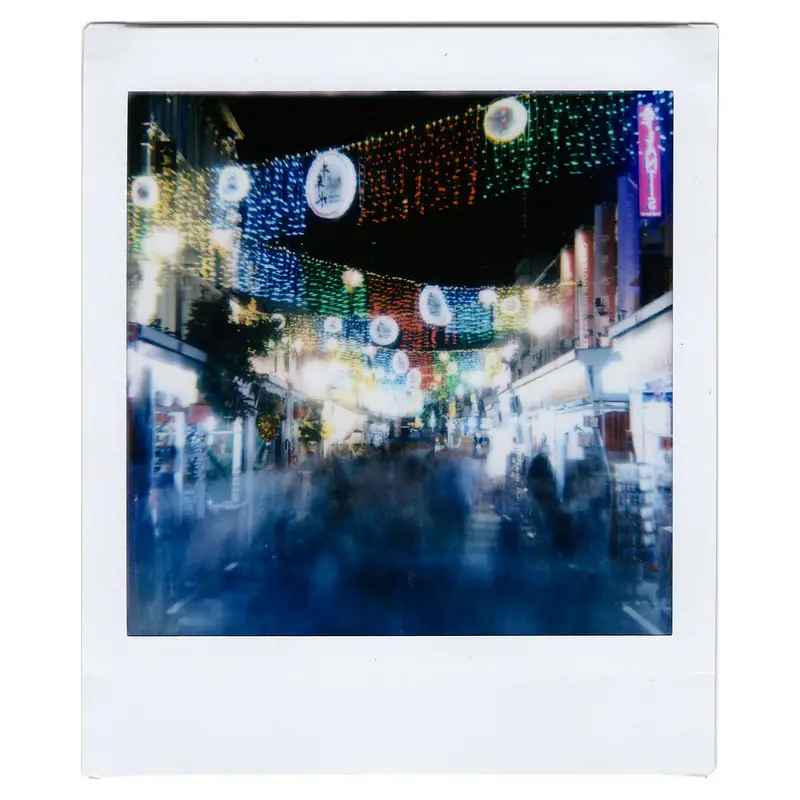
Last Thoughts
With all the drawbacks that I’ve run through in this piece so far, it might be fair to brush the Magny off as yet another flawed Kickstarter project with no real practical value to it…and I would be inclined to agree. It doesn’t come across as a real, finished consumer product, and more like a prototype with lots of kinks to be ironed out, especially in regards to handling.
Yet, it stands in a field with no other direct competitor, a crazy feat to convert already common 35mm platforms to a cheap (enough) instant film. Filled with compromises it may be, but over the course of half a dozen packs run through the thing, I’ve learnt to work around the imperfections, and use the Magny to its strengths.
Sofort, shove over. The Magny is the new king of instant Leica.
As ever, the shameless plug: https://www.instagram.com/hernium_hern/
Other posts I’ve written for 35mmc here
Share this post:
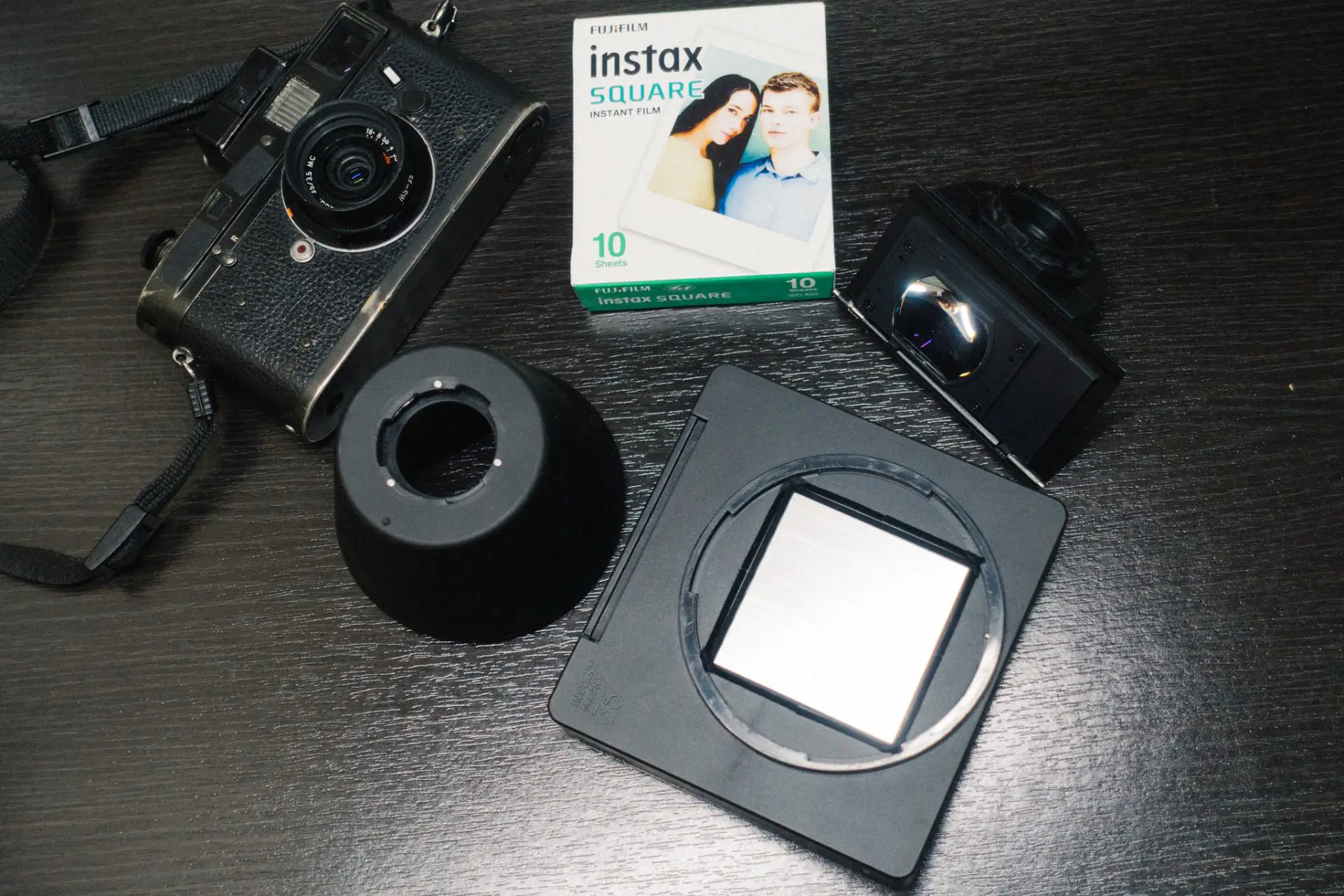








Comments
Bill Thoo on Instant Magny 35 Review – An Instax Headache! – By Hern Tan
Comment posted: 24/01/2020
Comment posted: 24/01/2020
Laurence Kesterson on Instant Magny 35 Review – An Instax Headache! – By Hern Tan
Comment posted: 27/01/2020
Comment posted: 27/01/2020
andrew on Instant Magny 35 Review – An Instax Headache! – By Hern Tan
Comment posted: 10/03/2020
The only issue with it that really stops it being useful to me is the light-gathering. Being restricted to f4 and ISO 50 or 100 (I saw a Youtube video that recommended 80 and that seems to work to me) makes it such a hassle to use this anywhere but outside in bright light, but as pointed out, it's also a crazy shape and I'm not excited about taking it around on day trips (or longer).
Mike Dochterman on Instant Magny 35 Review – An Instax Headache! – By Hern Tan
Comment posted: 15/12/2021
Raymond van Mil on Instant Magny 35 Review – An Instax Headache! – By Hern Tan
Comment posted: 18/03/2022